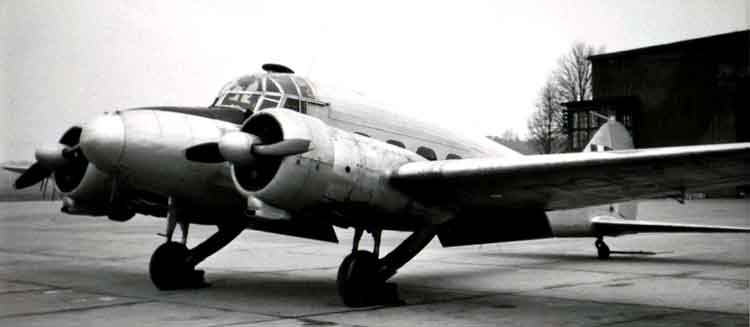
|
||
|
Station Avro Anson - about May59. (Thanks to Ed Duke.) Avro Anson First flown in March 1935, the Avro Anson went on to enjoy a production run that lasted from1934 to 1952, and it was built in larger numbers than any other British aircraft except the Hawker Hurricane and Supermarine Spitfire. Originally intended as a light transport, the Avro Anson was adapted to meet a 1934 requirement for a coastal reconnaissance aircraft, and the type was ordered into production for the RAF Coastal Command as the Anson Mk.1 with a revised tail unit, a larger cabin window area, Cheetah IX radial engines and full military equipment. The Anson entered service in March 1936, and Mk.1 production eventually ran to a total of 6,915 aircraft. After the aircraft's replacement in the coastal patrol role, it was to find a new career as a crew trainer and communications aircraft, and further orders raised the eventual production total to 8,138 Ansons in Britain and a further 2,882 in Canada. The last variant of the type to be produced was the Avro Anson C.Mk.19. Crew: 3-5; Powerplant: two 250 KW (335 hp) Armstrong-Siddeley Cheetah IX 7-cylinder radial engines; Performance: max speed 302 Km/h (188 mph); range 1,271 Km (790 miles) service ceiling 5,790 m (19,000 ft) Dimensions: wingspan 17.22 m (56 ft 6 in); length 12.88 m (2 ft 3 in); height 3.99 m (13 ft 1 in). Weight: 4,218 Kg (9,300 lb) loaded. Armament: up to four 7.62 mm (0.30 in) machine guns on cabin mountings; internal bomb load of 227 Kg (500 lb). (Thanks to The Encyclopedia of Aircraft edited by Robert Jackson). |
||